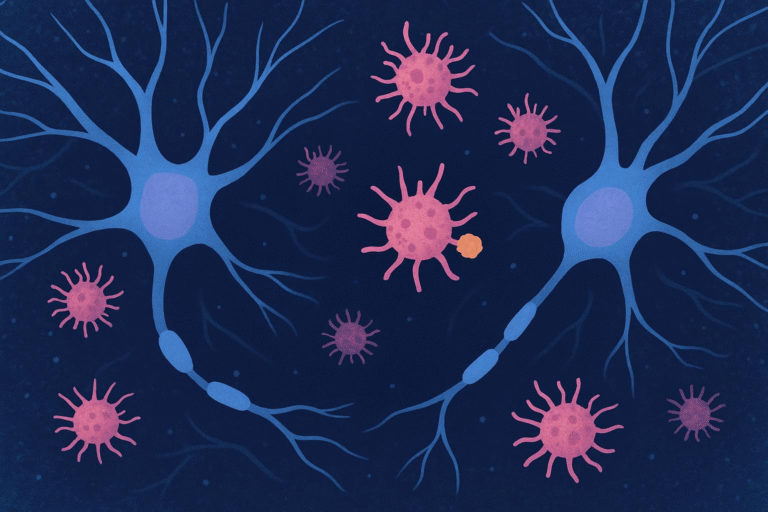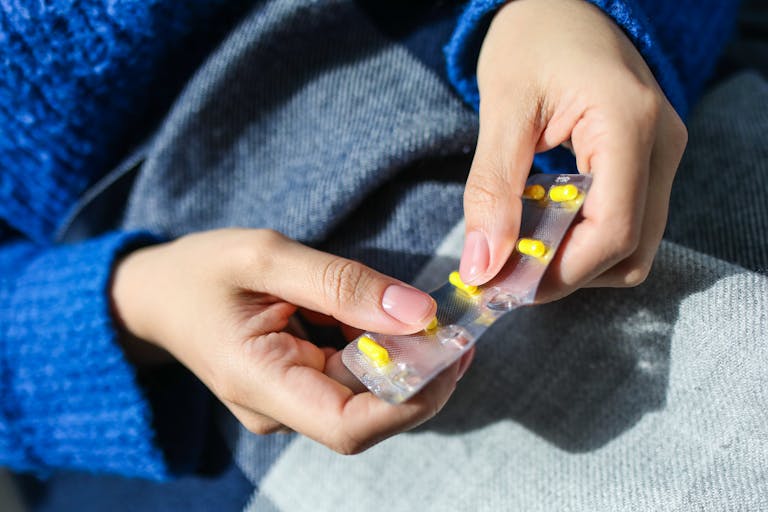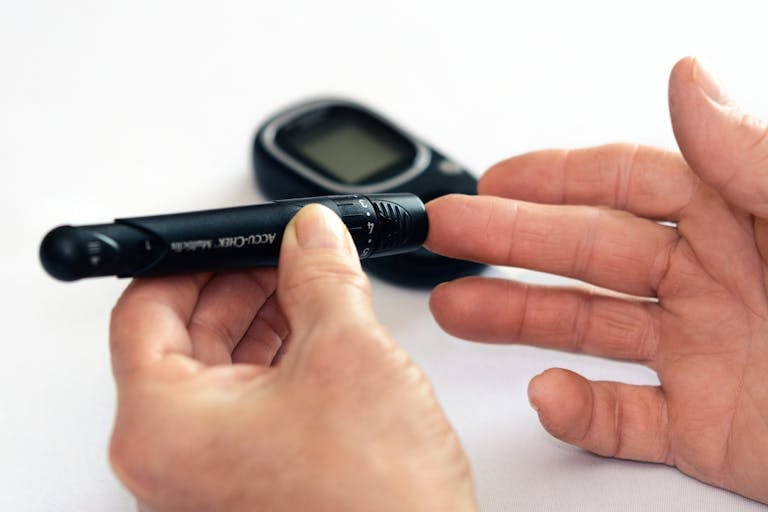Strong Social Connections May Help Slow Down Aging at the Cellular Level

A new scientific study has found that lifelong social bonds—from warm family ties in childhood to friendships, religious involvement, and community participation in adulthood—may play a powerful role in slowing the body’s biological aging. This effect seems to show up not just in mood or emotional well-being, but deep inside the body’s biology, where researchers observed changes in epigenetic clocks and inflammation markers linked to longevity.
The research, conducted by Anthony Ong and colleagues from Cornell University and Harvard University, was published in September 2025 in the journal Brain, Behavior, & Immunity – Health. It used data from more than 2,100 adults who were part of the long-running Midlife in the United States (MIDUS) study. The findings suggest that maintaining a rich network of supportive relationships over a lifetime could make a person’s biological age younger than their chronological years.
The Idea of Cumulative Social Advantage
The researchers introduced a concept they call Cumulative Social Advantage (CSA). Unlike earlier studies that only looked at one social factor at a time—such as marital status or number of friends—this study takes a multi-dimensional approach. CSA captures how social ties build up and reinforce each other across different stages of life.
The team focused on four major areas:
- Parental warmth in childhood – the degree of emotional support and positive connection children felt growing up.
- Ongoing emotional support – how strongly adults feel supported by family members and friends.
- Faith-based community involvement – participation in religious or spiritual communities that provide a sense of belonging.
- Community ties – engagement in neighborhood and social activities that link individuals to their broader community.
By combining information from all these areas, the researchers were able to create a broader picture of a person’s social world, one that reflects both early-life experiences and adult social networks.
How They Measured Aging
To study biological aging, the researchers relied on epigenetic clocks, which use patterns of DNA methylation to estimate how fast someone is aging. These molecular markers provide a kind of “biological timestamp” that can differ significantly from chronological age.
Two clocks in particular were highlighted:
- GrimAge – one of the strongest predictors of disease risk and lifespan.
- DunedinPACE – another advanced measure that reflects the pace at which someone is aging biologically.
These clocks are considered among the most reliable tools available for estimating biological age, and their results often predict health outcomes more accurately than just knowing someone’s age in years.
The Key Findings
When the team analyzed the data, they found several important results:
- Epigenetic aging: People with greater cumulative social advantage showed significantly slower rates of epigenetic aging. In practical terms, their DNA methylation profiles suggested they were biologically younger than their actual chronological age.
- Inflammation: Higher CSA was linked to lower levels of interleukin-6 (IL-6), a pro-inflammatory molecule connected to conditions like heart disease, diabetes, and neurodegenerative illnesses.
- Neuroendocrine stress hormones: Interestingly, CSA did not show significant associations with short-term stress markers like cortisol or catecholamines. This suggests that the protective effect of social bonds may act more strongly on long-term biological pathways rather than moment-to-moment stress responses.
In numbers, the researchers reported that the effects of CSA on GrimAge and DunedinPACE clocks were statistically significant, even after adjusting for factors like age, sex, race, education, and income. The effects on IL-6 were also robust, while results for other inflammation markers like TNF-α were weaker and not statistically significant after stricter corrections.
Why This Matters
This study supports the idea that social life is not just a source of emotional comfort—it is a core factor in physical health. By showing that lifelong social bonds can influence epigenetic regulation and inflammation pathways, the research highlights how social connections literally get “under the skin.”
The results also fit with the idea that aging is shaped by cumulative exposures over time. Just like financial investments compound over decades, so too do social investments. Someone who consistently receives and gives support, builds community ties, and stays engaged in meaningful relationships will, over time, accumulate biological advantages that promote healthier aging.
What Makes This Study Different
A number of earlier studies have pointed out that loneliness, social isolation, or lack of emotional support can harm health and even shorten lifespan. What makes this research unique is its comprehensive approach: instead of isolating one type of social relationship, it combined several dimensions into one cumulative measure.
By doing so, the study captures the idea that social resources are not isolated. Parental support in childhood, for example, may make it easier to form stable friendships and participate in communities later in life. These effects compound and reinforce each other, which may explain why the cumulative measure had such clear biological associations.
Important Limitations
While the findings are compelling, there are several caveats:
- Causality: Because the study design was largely cross-sectional, it cannot definitively prove that social connections cause slower aging. It is possible that healthier individuals are more socially active, or that another factor influences both.
- Measurement of stress hormones: The study used overnight urinary measures of cortisol and catecholamines, which may not fully capture daily fluctuations. This could explain why no strong effects were observed there.
- Generalizability: The sample, while large, was primarily U.S.-based and predominantly White. It is unclear how these findings might apply across other cultures and populations.
- Effect size: The associations, while statistically significant, were modest in size. They suggest an important influence, but not a dramatic reversal of aging on their own.
Broader Context: Social Connections and Health
This research builds on a growing body of evidence linking social life to health outcomes:
- Loneliness and mortality: Meta-analyses have found that social isolation increases the risk of early death as much as traditional risk factors like smoking or obesity.
- Immune function: Strong social bonds are associated with more robust immune responses, including better vaccine effectiveness.
- Mental health: Social support is strongly protective against depression and anxiety.
- Healthy behaviors: People embedded in supportive networks are more likely to exercise, eat well, and avoid harmful behaviors.
The biological mechanisms likely involve multiple pathways, including reduced inflammation, healthier stress responses, better sleep, and improved cardiovascular regulation.
A Practical Takeaway
The message here is clear: aging well means both staying healthy and staying connected. Investing in social relationships should not be seen as an optional part of life—it’s as essential as maintaining a good diet or exercising.
That doesn’t mean one friendship or a single community activity will make a measurable difference. The study shows that it is the depth, consistency, and accumulation of social ties over decades that really matter.
For individuals, this might mean prioritizing time with family and friends, seeking out community organizations, or participating in religious or social groups that foster a sense of belonging. For policymakers, it underscores the importance of designing communities and health systems that combat isolation and encourage connection.
Additional Background: What Are Epigenetic Clocks?
Since the study relies heavily on epigenetic clocks, it’s worth briefly explaining what they are.
Epigenetics refers to chemical modifications to DNA that affect how genes are expressed without changing the underlying genetic code. One of the most studied modifications is DNA methylation, the addition of a methyl group to DNA molecules.
Over time, methylation patterns change in predictable ways. By analyzing methylation at specific sites in the genome, scientists can estimate biological age. These estimates often correlate with health outcomes, disease risk, and even lifespan.
For example:
- GrimAge is designed to predict time-to-death and risk of age-related diseases with high accuracy.
- DunedinPACE measures how quickly someone is aging biologically, rather than their current biological age.
These tools are revolutionizing aging research, allowing scientists to track the impact of lifestyle, environment, and social factors on the biology of aging itself.
Final Thoughts
This study adds weight to the view that social connections are a critical determinant of health, not just a source of comfort. The evidence suggests that lifelong relational ties leave a lasting biological imprint that can make us age more slowly at the cellular level.
In short: if you want to age well, don’t just eat right and exercise—stay connected.
Research Reference:
“Cumulative social advantage is associated with slower epigenetic aging and lower systemic inflammation” – Brain, Behavior, & Immunity – Health (2025)





